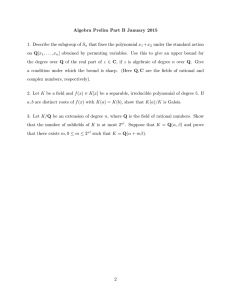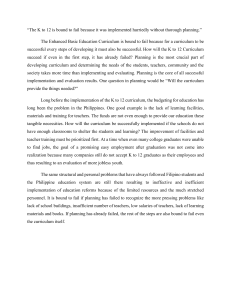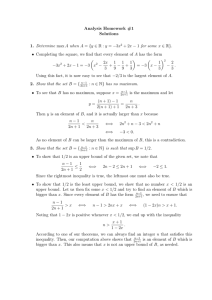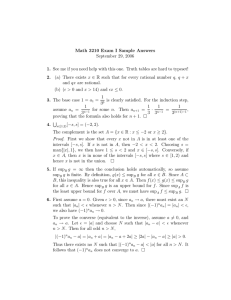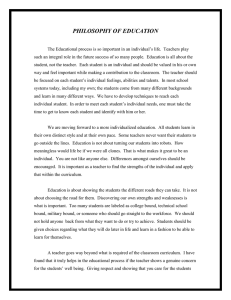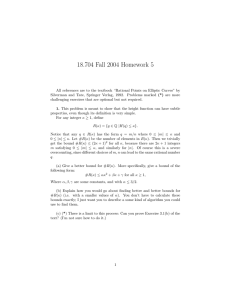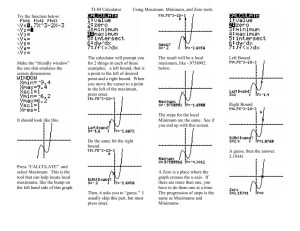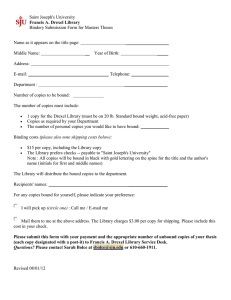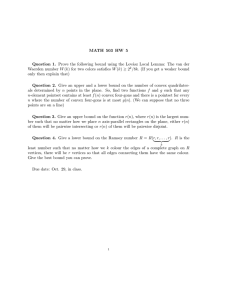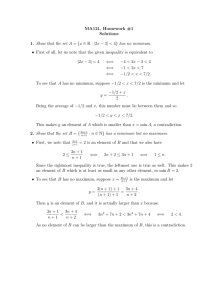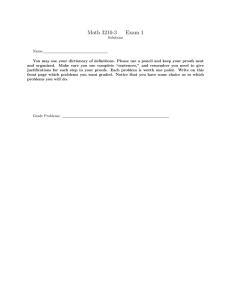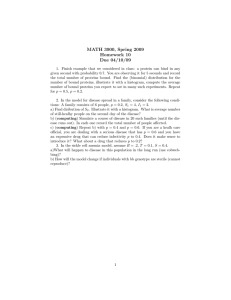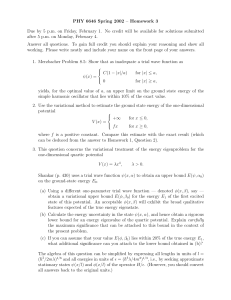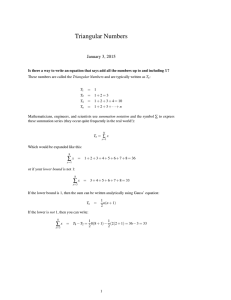MATH 501 FALL 2006 Discussion of Chapter 1, #6 ∈ B(r).
advertisement
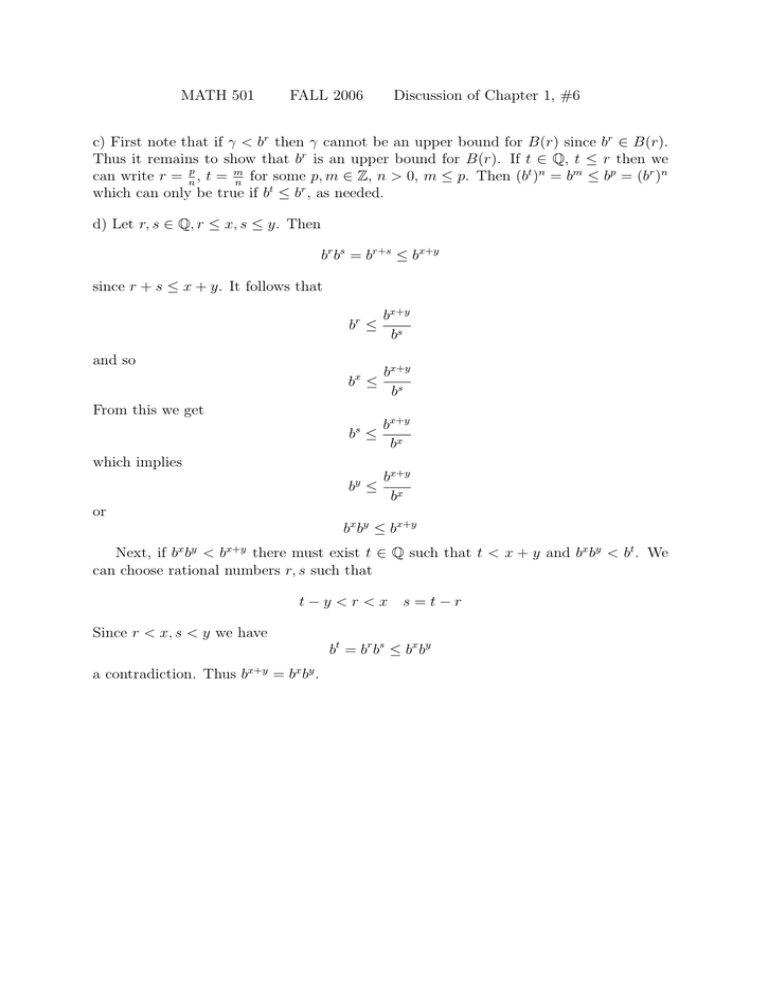
MATH 501 FALL 2006 Discussion of Chapter 1, #6 c) First note that if γ < br then γ cannot be an upper bound for B(r) since br ∈ B(r). Thus it remains to show that br is an upper bound for B(r). If t ∈ Q, t ≤ r then we can write r = np , t = m for some p, m ∈ Z, n > 0, m ≤ p. Then (bt )n = bm ≤ bp = (br )n n which can only be true if bt ≤ br , as needed. d) Let r, s ∈ Q, r ≤ x, s ≤ y. Then br bs = br+s ≤ bx+y since r + s ≤ x + y. It follows that br ≤ bx+y bs bx ≤ bx+y bs bs ≤ bx+y bx by ≤ bx+y bx and so From this we get which implies or bx by ≤ bx+y Next, if bx by < bx+y there must exist t ∈ Q such that t < x + y and bx by < bt . We can choose rational numbers r, s such that t−y <r <x s=t−r Since r < x, s < y we have bt = br bs ≤ bx by a contradiction. Thus bx+y = bx by .

